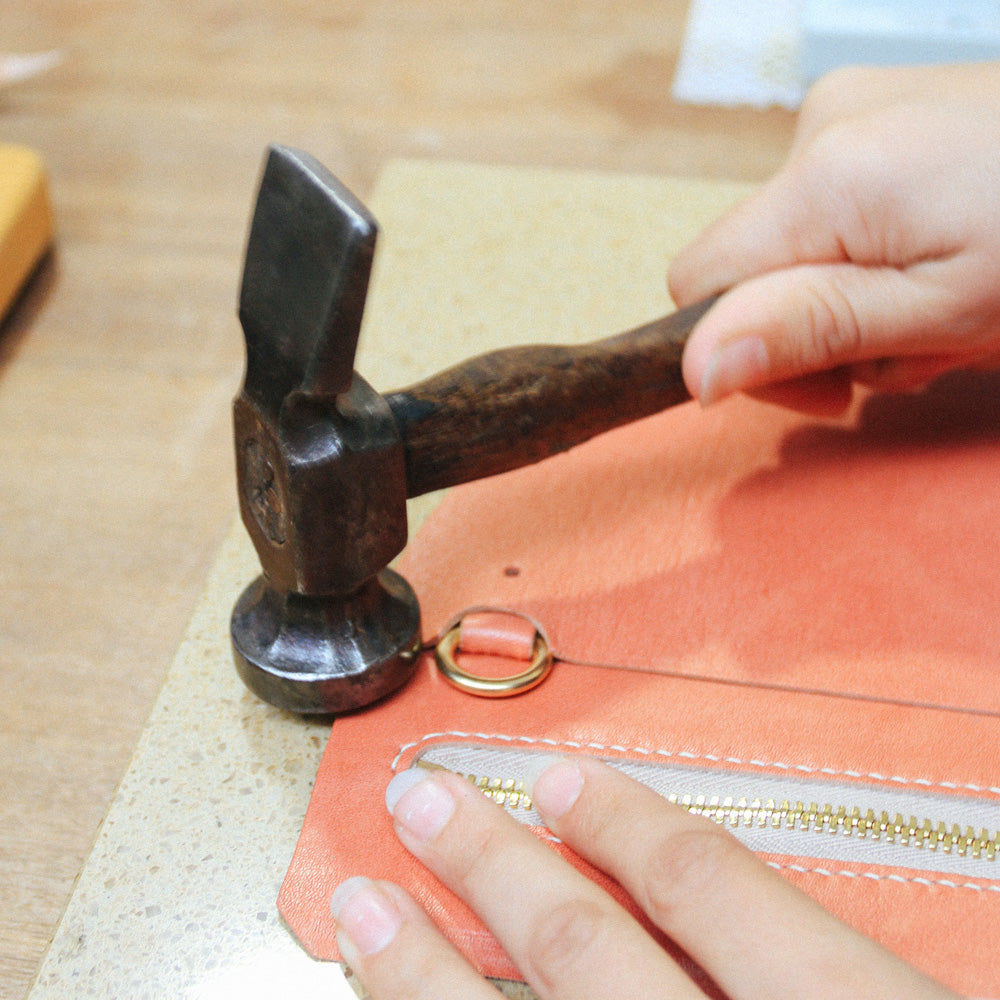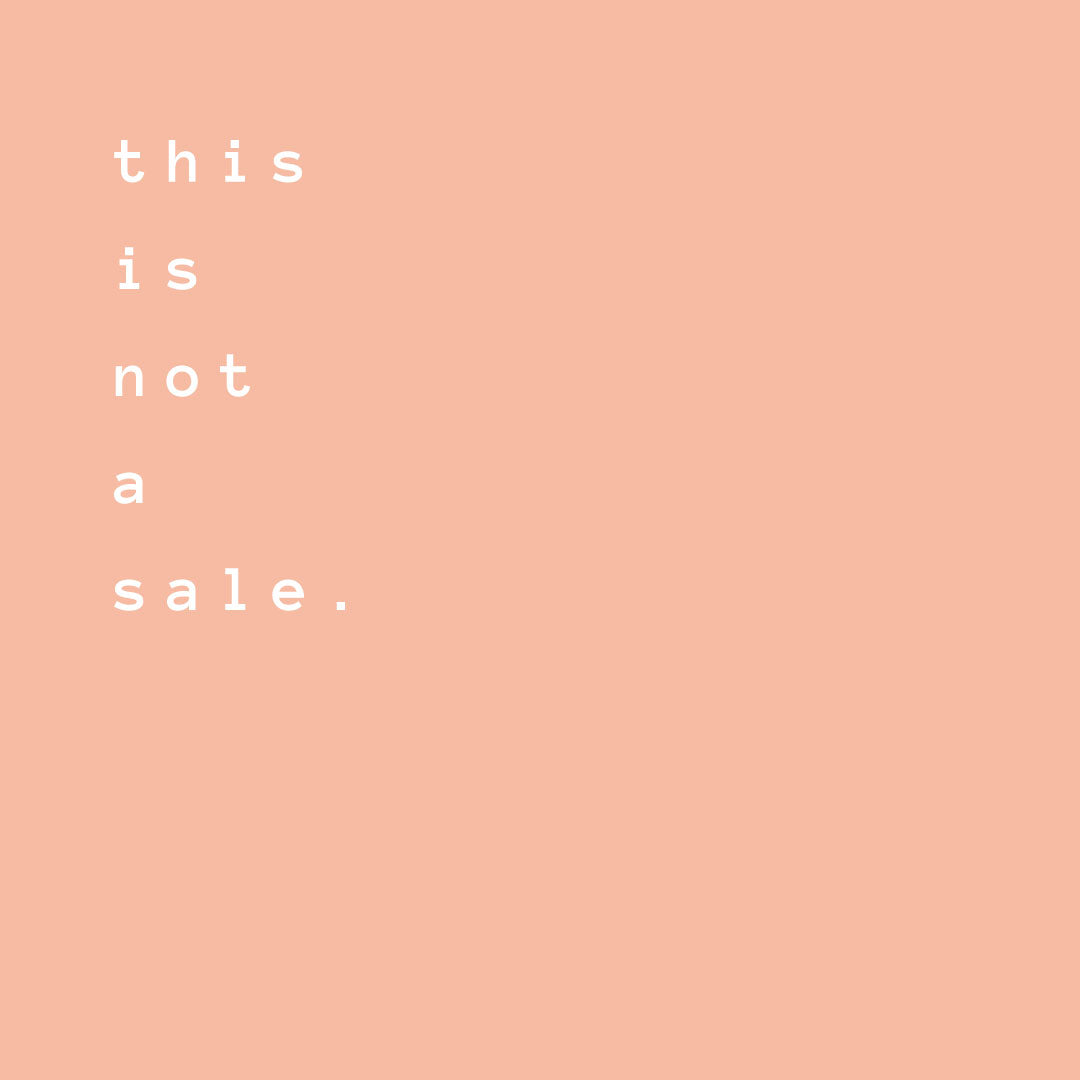who makes your bag?
Talking about Fashion Revolution Week

What is the Fashion Revolution?
It’s been six years since more than 1100 factory workers died and more than 2500 injured in the tragic collapse of the Rana Plaza garment factory in Bangladesh. Considered the worst tragedy in fashion industry history, these workers died or were injured making fashion pieces for large-name western retailers.
The news and catastrophic images of the collapse sparked an international campaign by activists, designers and consumers alike, urging everyone to ask the question to retailers: ‘Who made my clothes?’
By asking brands who made your clothes, you are creating transparency and accountability. The question has become a driving force in everyday practices for the ever-growing ethical fashion industry today.
Supply chain transparency
As Fashion Revolution evolved over the years to campaign for fair wages and working conditions, it also fights for more slow fashion and eco-friendly practices. It’s a campaign I hold close to my heart, and honour through the Simétrie brand ethos:
- Made locally in the Melbourne studio by people who are paid a fair wage (keep reading to meet them below!)
- Designing for circularity by using biodegradable materials
- Longevity of fashion products by using robust materials and the promise of life-time warranty
Being a locally made brand, the production of designs are easily controlled to ensure the highest quality. We can also provide an environment in the studio where creative thinking is encouraged and workers feel supported.
I believe it is important to maintain transparency as it highlights that the brand is aware of their supply chain and are not hiding anything.
Click here to watch The Creation Process video shot in the studio
Where do Simétrie raw materials come from?
I’m open and honest in how I source our materials and I hope it encourages other brands to share the details of where they get their goods from. The more openness in the industry, the less chance that social or environmental exploitations can happen.
The kangaroo leather we use comes from an Australian tannery called Birdsall, which is a 5th generation family run business. Birdsall purchase the kangaroo hides from an Australian accredited hide dealer called Hassall.
Our metal parts are supplied by Collanello, Xu Hui Zinc Alloy Products Co. Ltd., based in China. I was introduced to the factory by an old colleague who I worked with during my time as a designer at Mimco.
I visited Collanello before initiating business to ensure the factory had high working conditions. I had a tour of the factory where there were 2-3 workers in each of the various rooms. It was very clean and well looked after, and the building had very good ventilation. I was shown each step of the process, which gave me the confidence in their practices.
I continue to work with the factory today in regards to their code of conduct policies and audit information to ensure I’m supporting a fair and safe workplace.

Myself and Collanello manager, Tracy, during my visit in 2018.
Who makes Simétrie bags?
Along with myself, I have contracted two talented women to handcraft Simétrie goods. The aim is to create rewarding work for people who need it and to create a sense of community in the studio.
Cécile, Master Saddle-Stitcher
Cécile learnt her hand making skills in France and has actually taught me a few tricks of craftsmanship.

Sharifa, Problem-solver Extraordinaire
I met Sharifa while volunteering to teach a sewing class. I noticed the great potential in her and offered her work in the studio.

Complimentary repairs + lifetime warranty
We are offering complimentary repairs on all Simétrie products, for life.
While we’ve built our designs to last and our materials like kangaroo leather are incredibly strong, an item can still experience wear and tear over time or with heavy use. AKA a lot of love.
In the (super rare!) event this does happen to your bag, we promise to repair your item so you can continue to cherish your Simétrie goods, saving them from the depths of your wardrobe, or landfill.




Comments